Content from the Brookings Institution India Center is now archived. After seven years of an impactful partnership, as of September 11, 2020, Brookings India is now the Centre for Social and Economic Progress, an independent public policy institution based in India.
No incoming U.S. president has had the kind of interaction with India that Hillary Clinton has had, writes Dhruva Jaishankar. Donald Trump, meanwhile, has made a series of contradictory statements on the country. This post originally appeared in India Today.
The field is set. With the formal anointing of party nominees at the Republican and Democratic Party conventions in July, either Hillary Clinton or Donald Trump is certain to be the next U.S. president. This match-up is remarkable for several reasons. Trump would be the first U.S. leader in over a half century not to have previously held elected office. Clinton would be the first female president. Both are among the most divisive candidates in recent history, with high negative ratings-even within their own parties.
What does the outcome of November’s election mean for India? The degree of comfort in working-level relations between the two governments and militaries, the presence of the Indian-American community, and several areas of natural economic and strategic convergence mean that the foundations of the India-U.S. relationship are today strong enough to withstand any leadership change in either country. In that sense, a presidential transition in Washington will have only a limited effect on bilateral ties. But while the implications for bilateral relations would be marginal, the potential impact on the United States’ credibility and ability to wield international influence will be tremendous.
Hillary Clinton would be a very safe bet from India’s point of view. No incoming U.S. president has had the level of interaction with India that she has had. Her trip in 1995 helped paved the way years later for her husband Bill Clinton’s historic visit to India in 2000. As U.S. Senator, Hillary Clinton was co-chair of the Senate India Caucus. And as U.S. Secretary of State she made multiple visits, during which she highlighted the need for India to “not just look east, but engage east and act east”—a mantra the current Indian government subsequently adopted—and surprised many with her sharp rhetoric against Pakistan-supported terrorism.
In fact, political opponents have tried to use Clinton’s close India connections to attack her. In 2007, then candidate Barack Obama had to apologize for a campaign memo that described Clinton as a senator from Punjab. More recently, the Trump campaign has published and circulated unsubstantiated allegations that Clinton received money from India for her support for the India-U.S. nuclear agreement. Overall, Clinton’s foreign policy and trade instincts—although dampened during the campaign in response to adverse popular sentiments—are in accordance with broad Indian preferences. From her time as Secretary of State, Hillary Clinton’s group of advisers—the likes of her campaign chairman John Podesta, former Under Secretary of State Wendy Sherman, her closest foreign policy aide Jake Sullivan, and dozens more—are all individuals with a close working familiarity with India.
What about Trump? Unlike Clinton, he does not have a record to assess and his statements on the campaign trail have offered a contradictory picture.
What about Trump? Unlike Clinton, he does not have a record to assess and his statements on the campaign trail have offered a contradictory picture. One statement that received considerable attention in India related to Pakistan. “Pakistan is semi-unstable. We have a little bit of a good relationship. I think I’d try and keep it,” Trump said at a town hall meeting in April. “If you look at India and some of the others, maybe they’ll be helping us out.” While interpreted by some in India as a signal that he would side with India against Pakistan, his remarks are actually ambiguous on that account, and largely conform to the United States’ recent approach to the region.
Trump has also been similarly ambivalent about economic relations and immigration as it relates to India. “India is doing great. Nobody talks about it,” he told CNN in January, but added a month later that he was going to “bring back jobs from India.” He often speaks of India along with China with admiration, but also as a threat to the United States’ economic well-being. On immigration, Trump has spoken about ending the H-1B high-skilled visa program of which Indians are among the biggest beneficiaries, but has also said he would create opportunities for Indian entrepreneurs and students. “They go to Harvard, they are first in their class and they’re from India, they go back to India and they set up companies and they make a fortune and they employ lots of people,” he told Fox News in March. “We need those people in the country.”
Indian-Americans, historically Democrats, are likely to support Clinton overwhelmingly. The racism associated with the Trump campaign will deter some Indian votes that might otherwise have gone to a Republican candidate. However, the vast majority of people in India appear to be undecided about the two candidates. A poll by the Pew Research Center released in June found 28 percent of Indians had confidence in Hillary Clinton’s ability to handle world affairs while 16 percent did not. Meanwhile, only 14 percent had confidence in Trump in contrast to 18 percent who did not.
The Indian government has been following political developments in the U.S. closely. But it has wisely chosen not to take sides. While Prime Minister Narendra Modi met with Hillary Clinton (and other presidential aspirants such as Republican Chris Christie and Democrat Martin O’Malley) during his 2014 visit to the United States, he opted not to meet formally with either campaign during his last visit earlier this year. However, in an engagement with think-tank leaders in Washington, Modi met with individuals close to both campaigns. The election of a U.S. president is ultimately up to the American electorate, and India will have to deal confidently with whoever comes to power next.
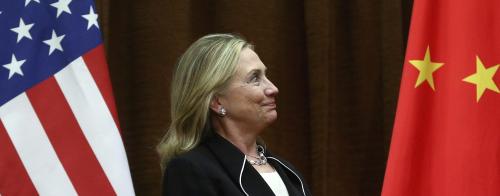
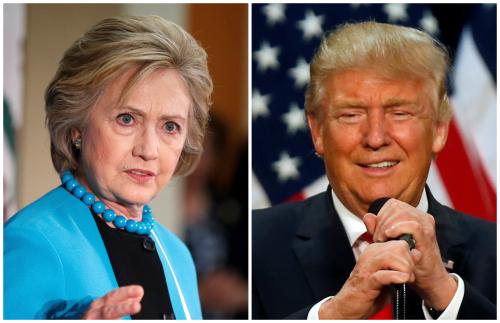
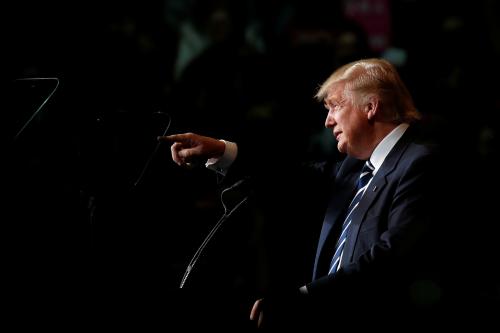
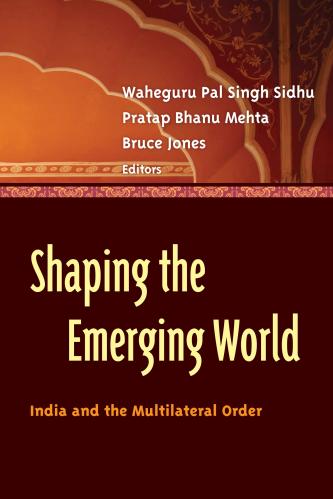
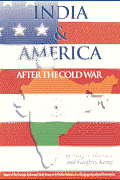
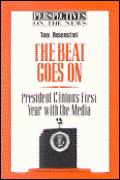




Commentary
Why Hillary is a safe bet for India
August 8, 2016